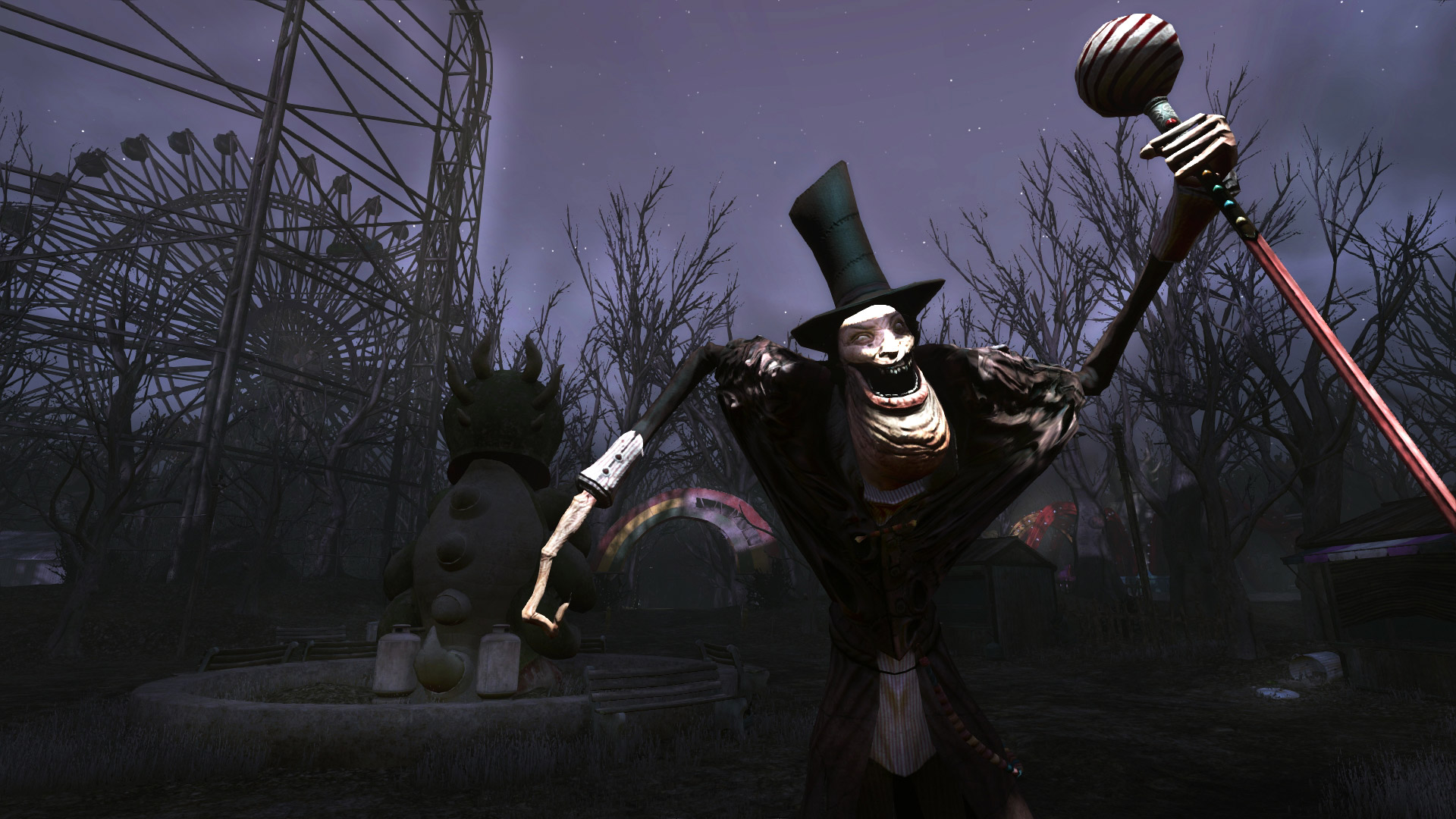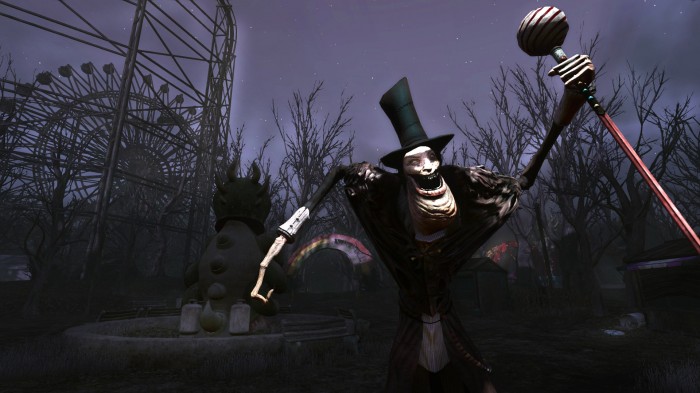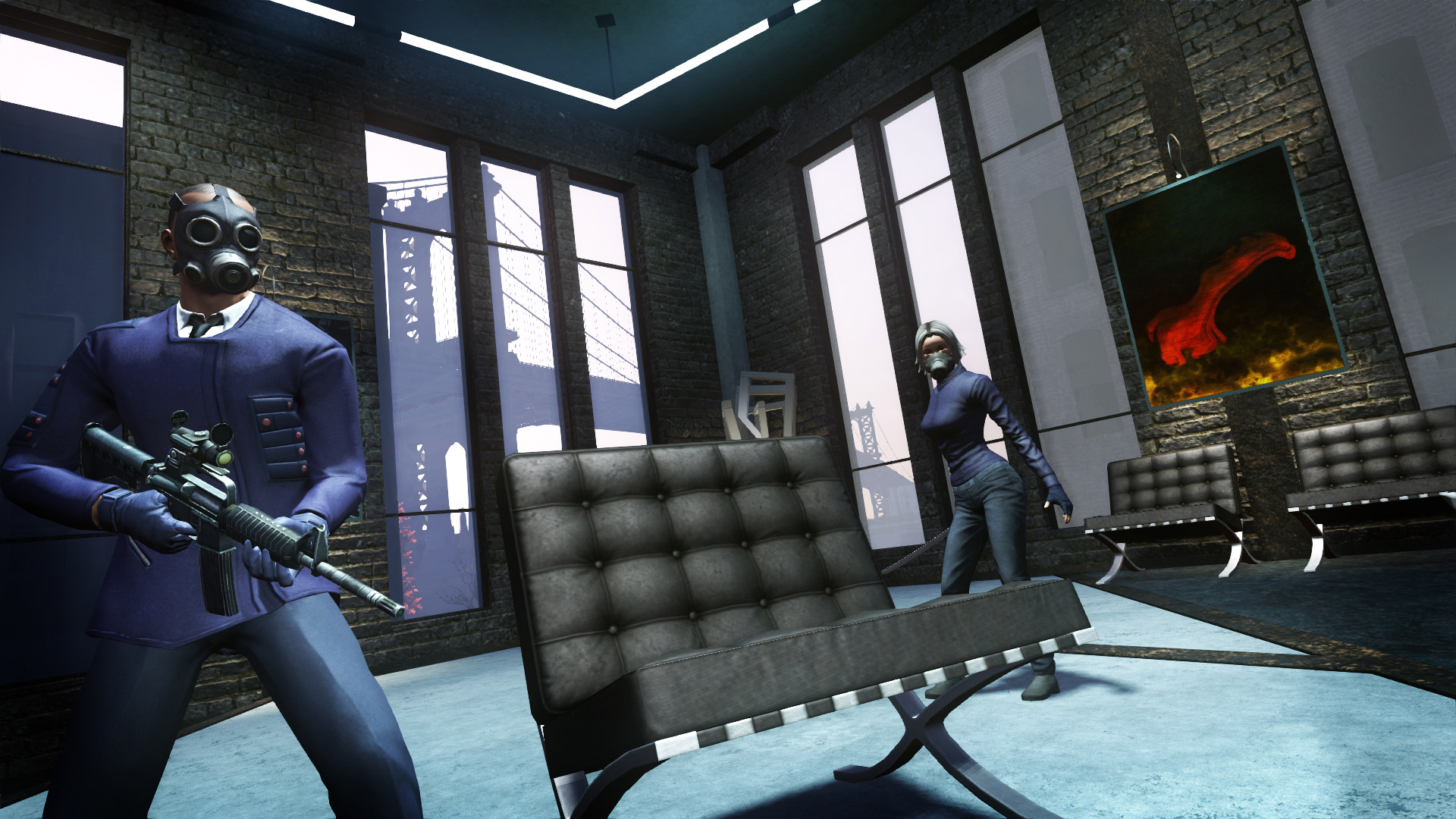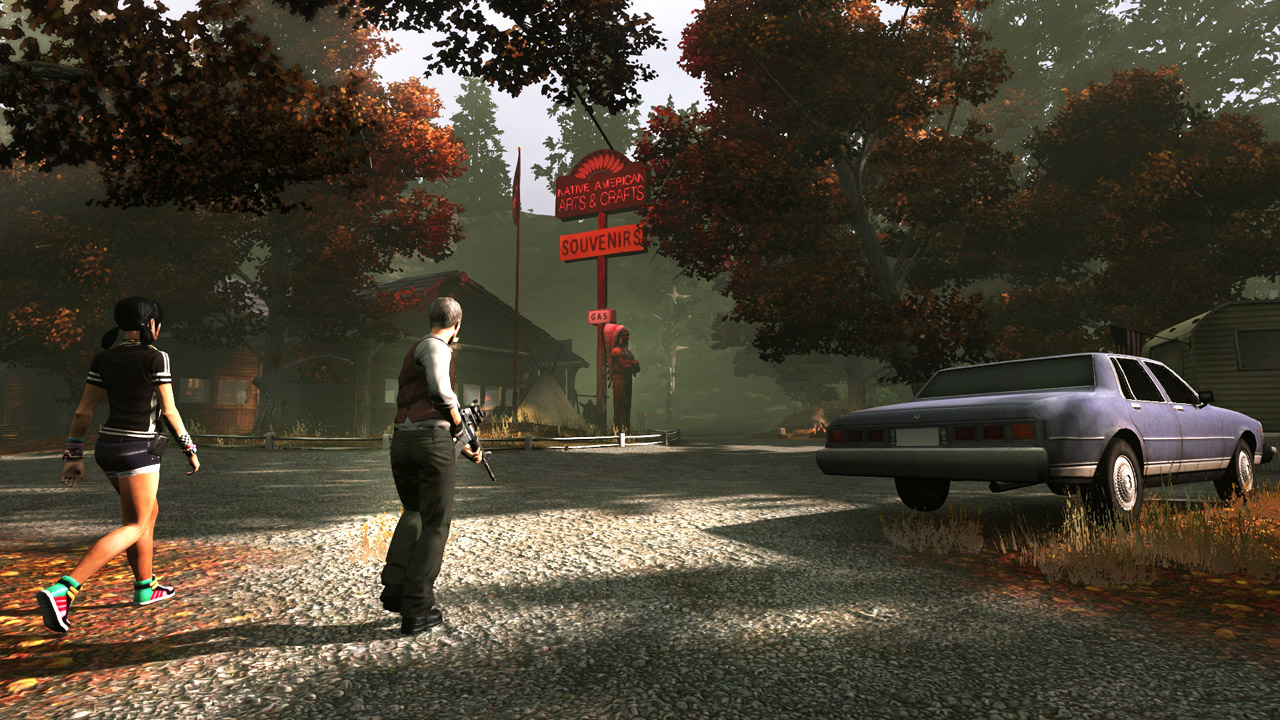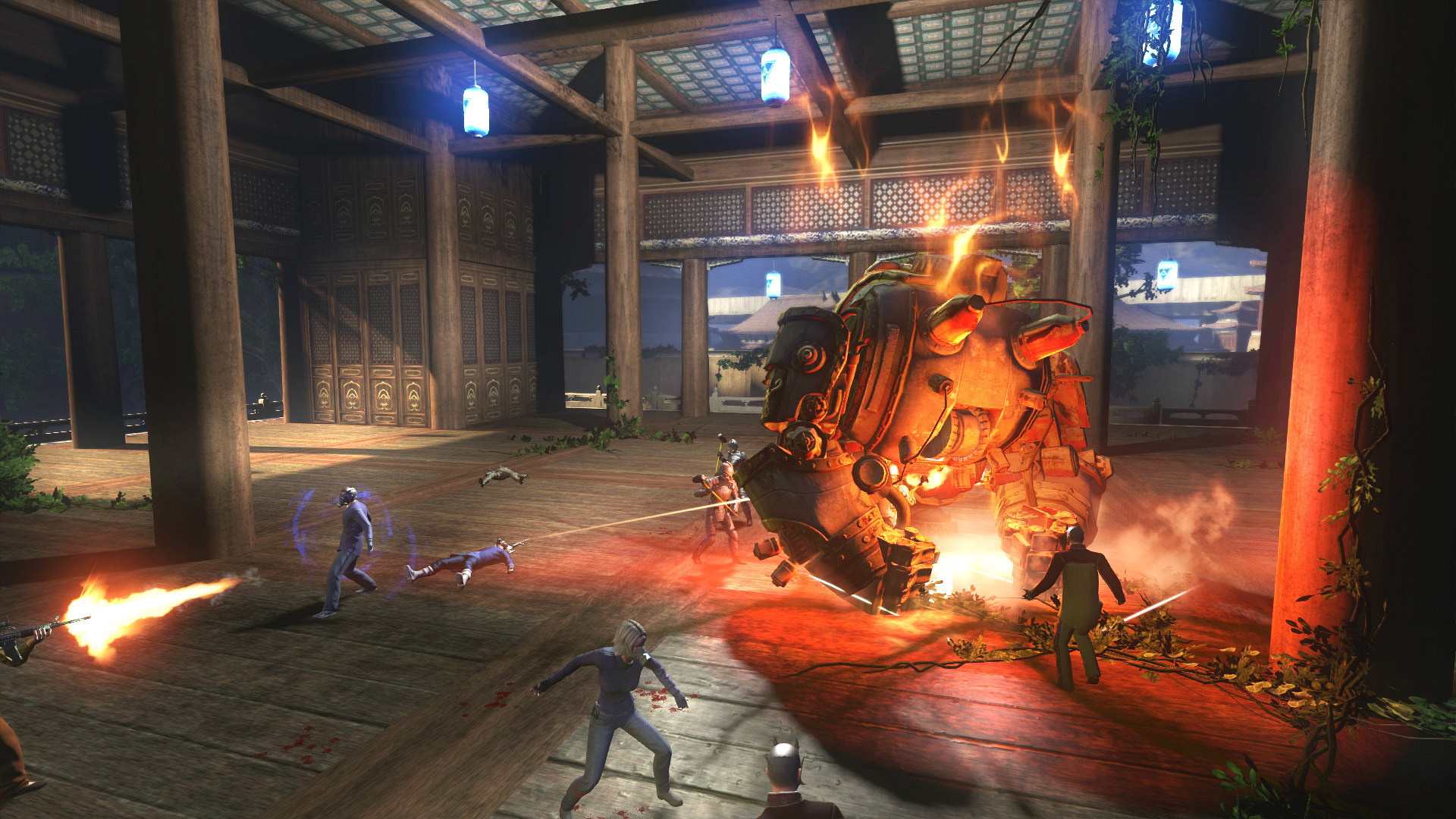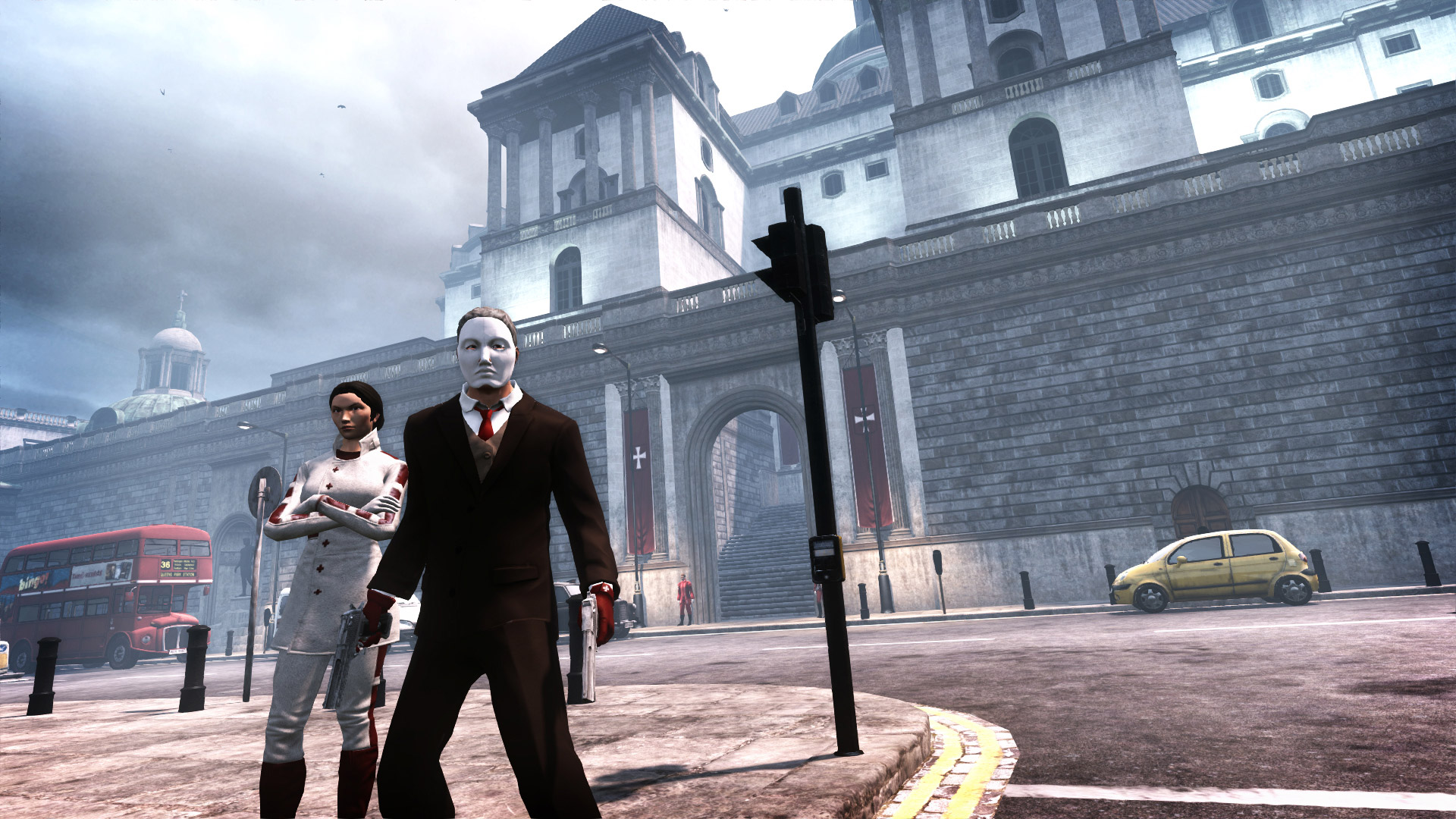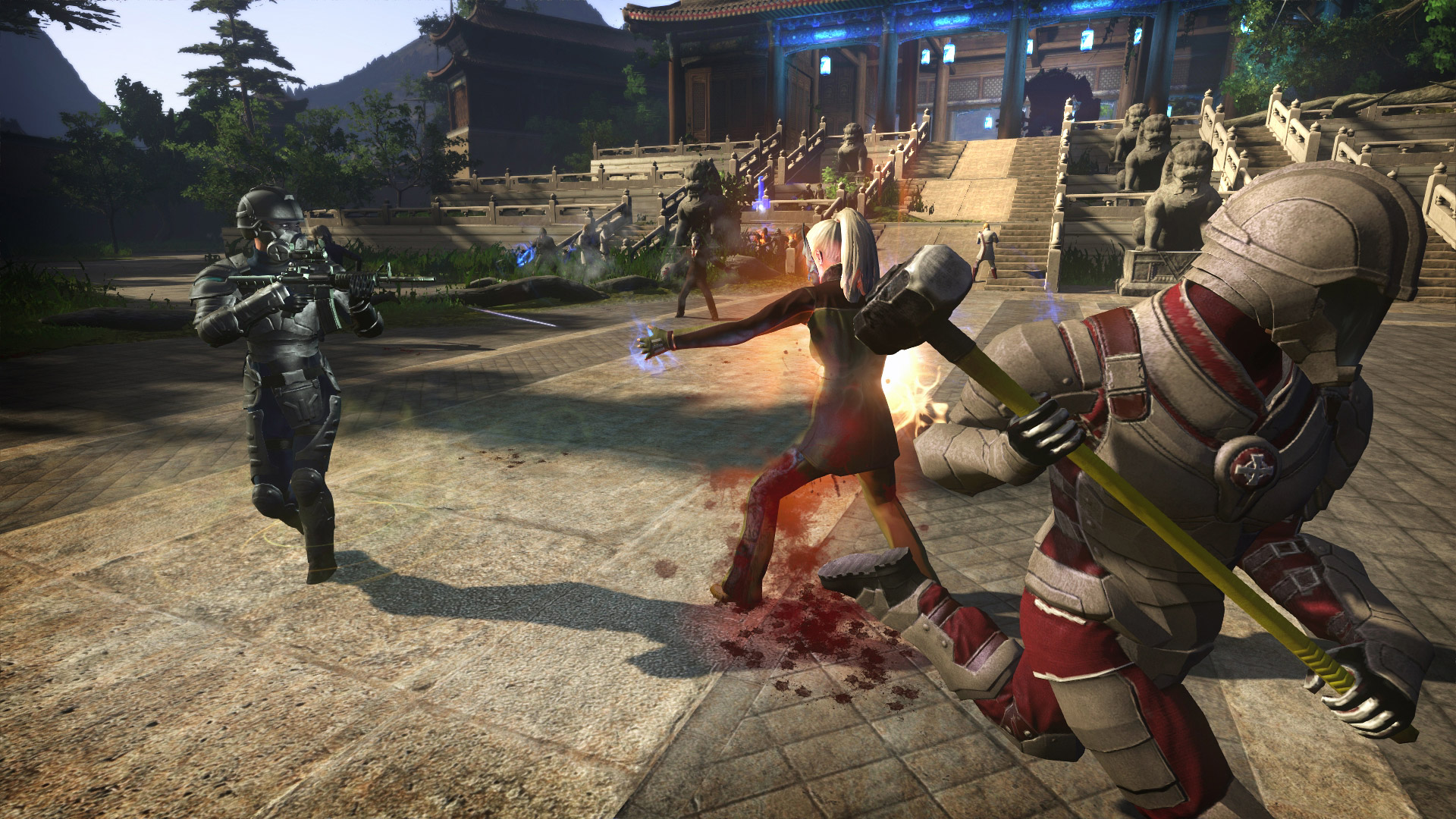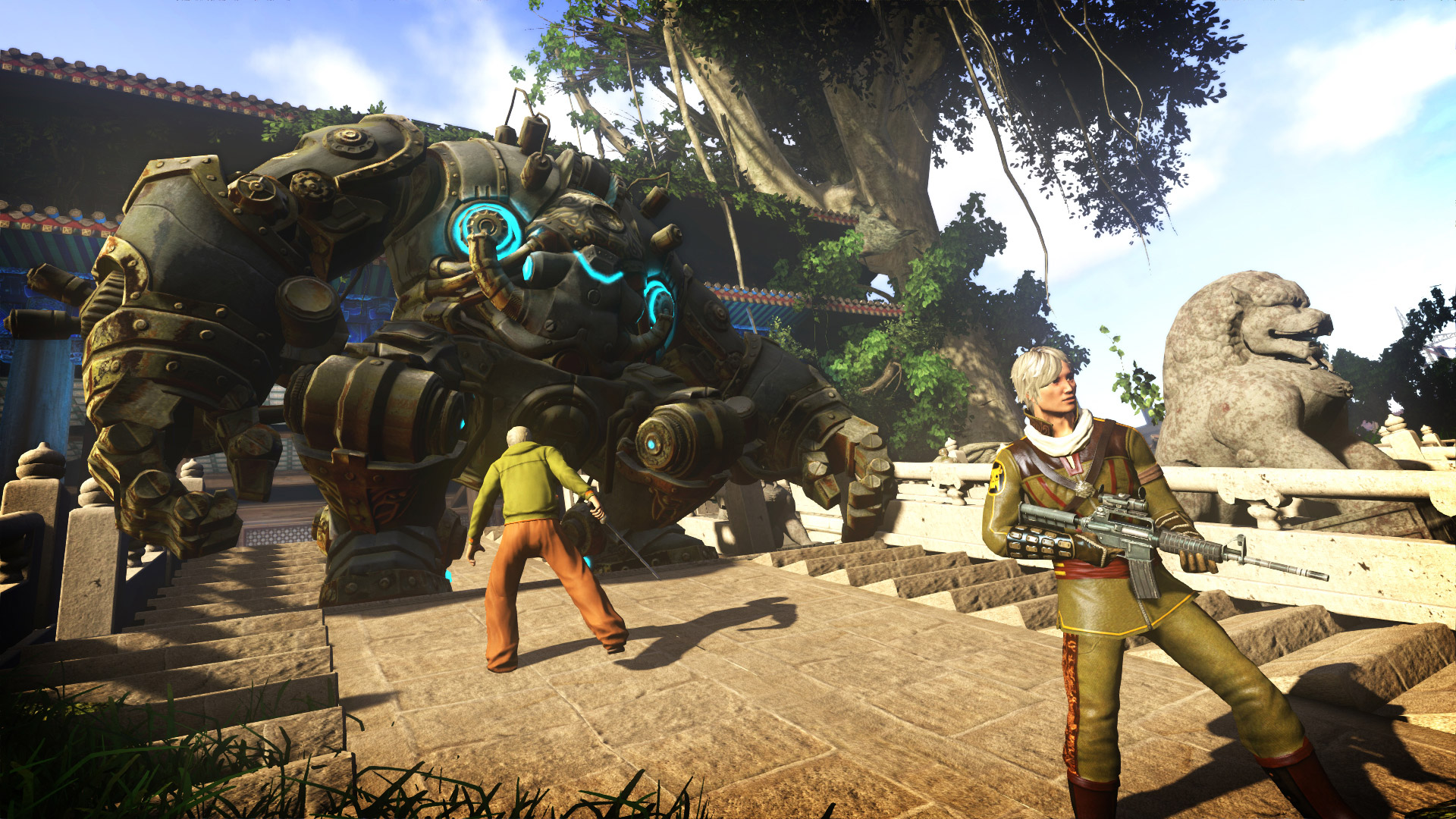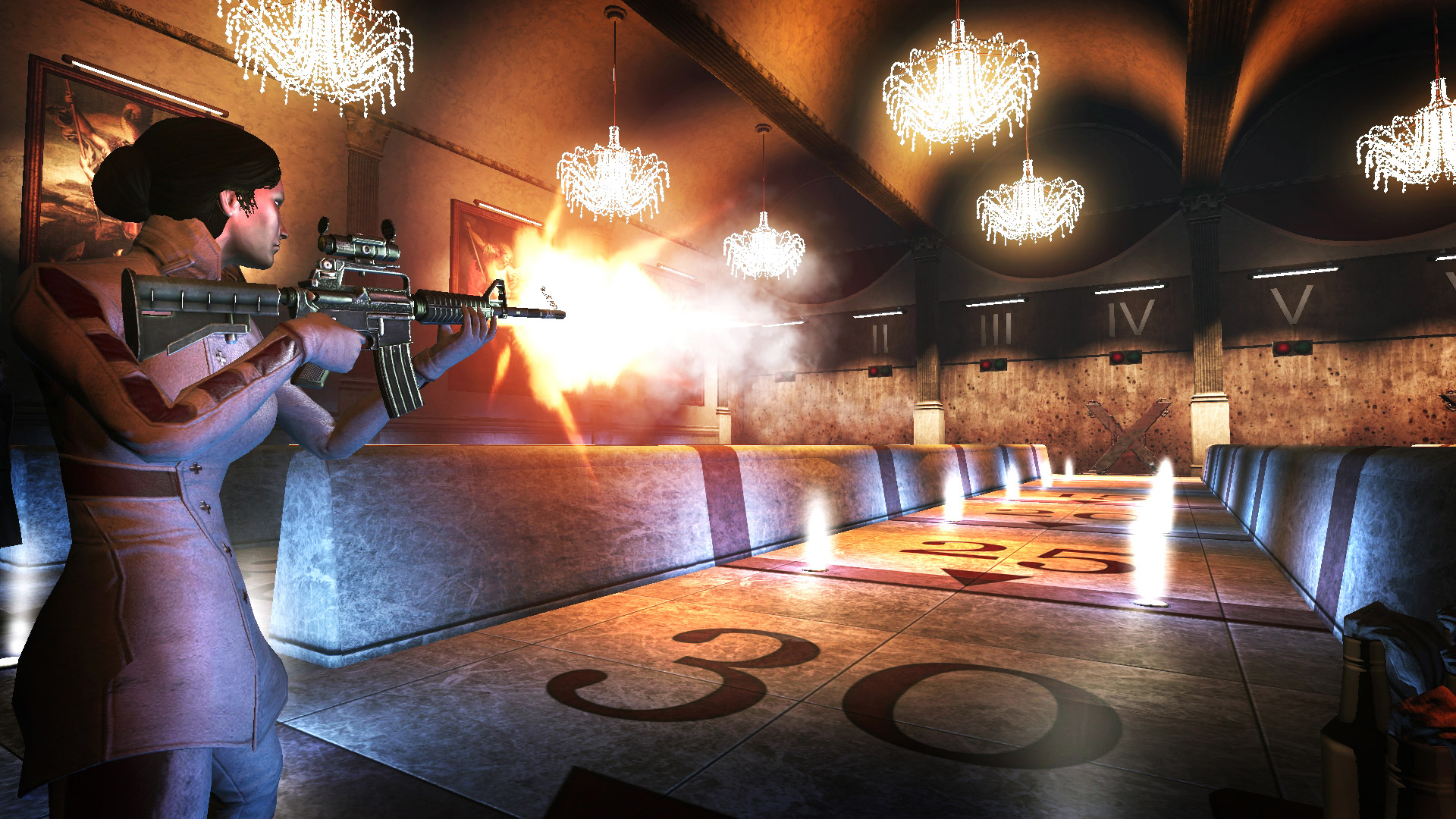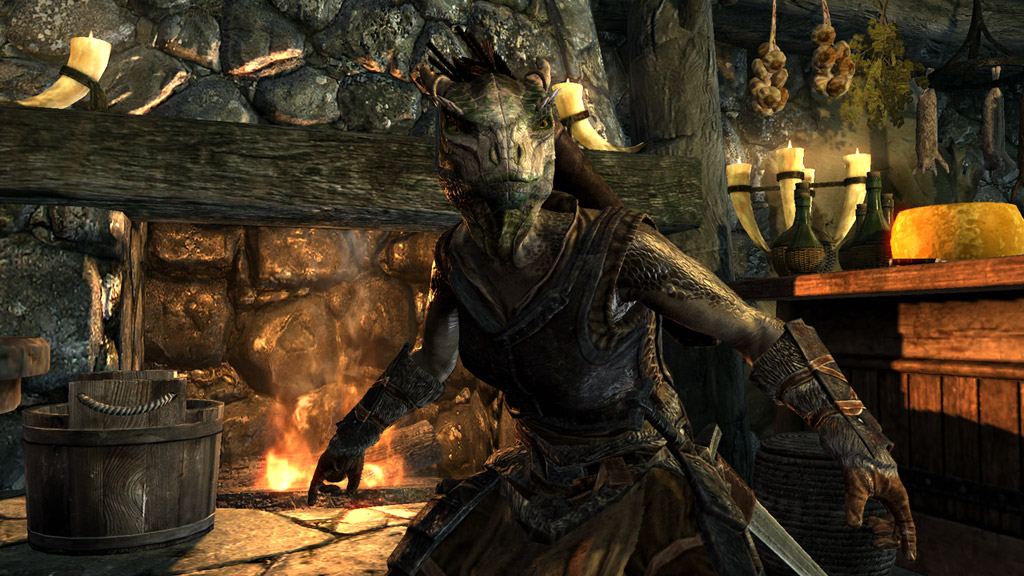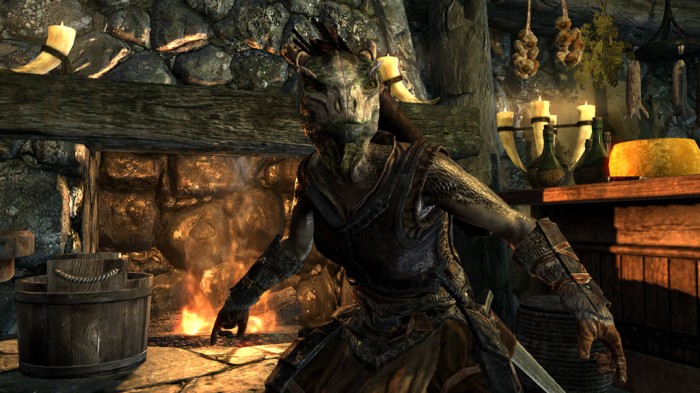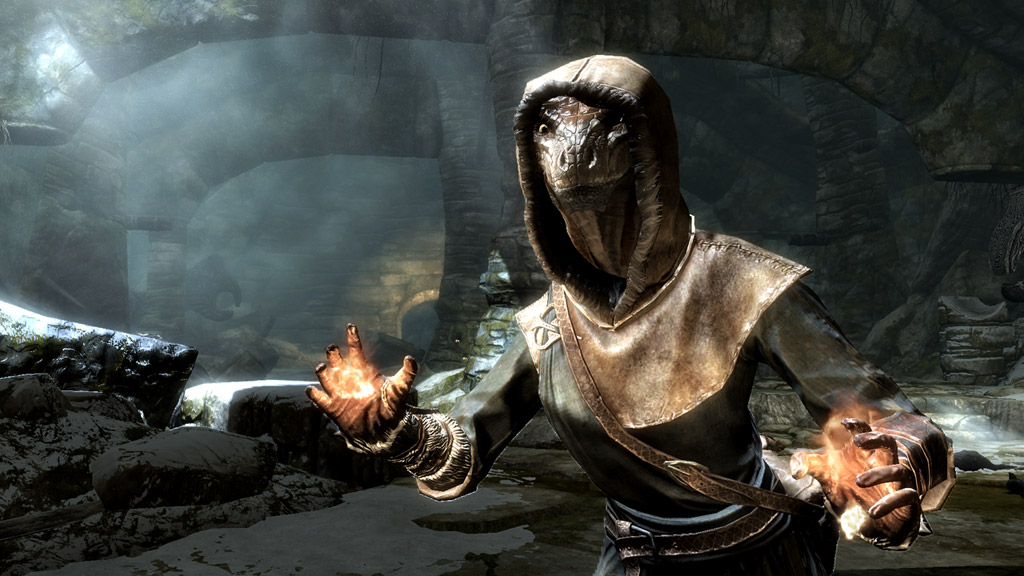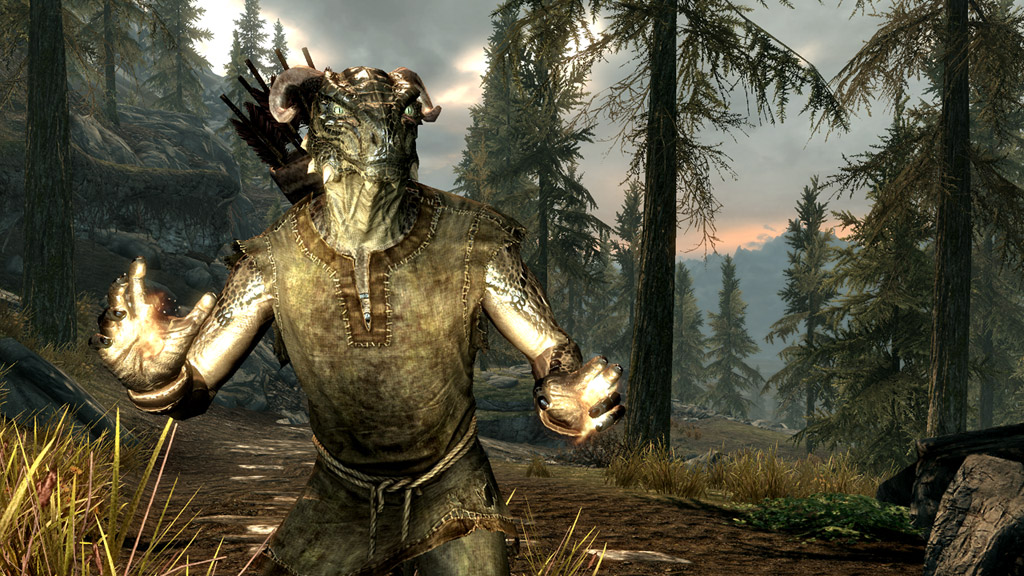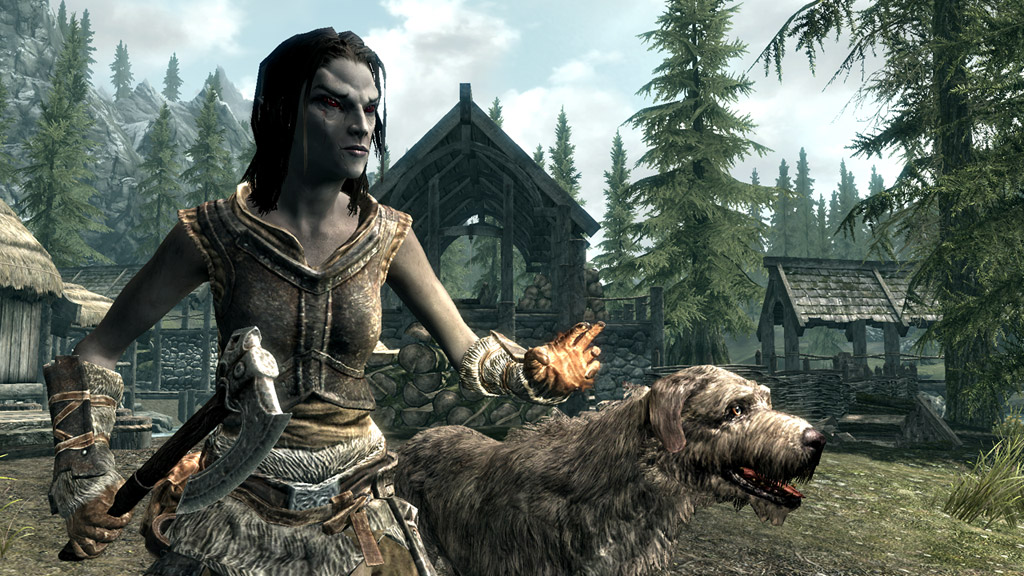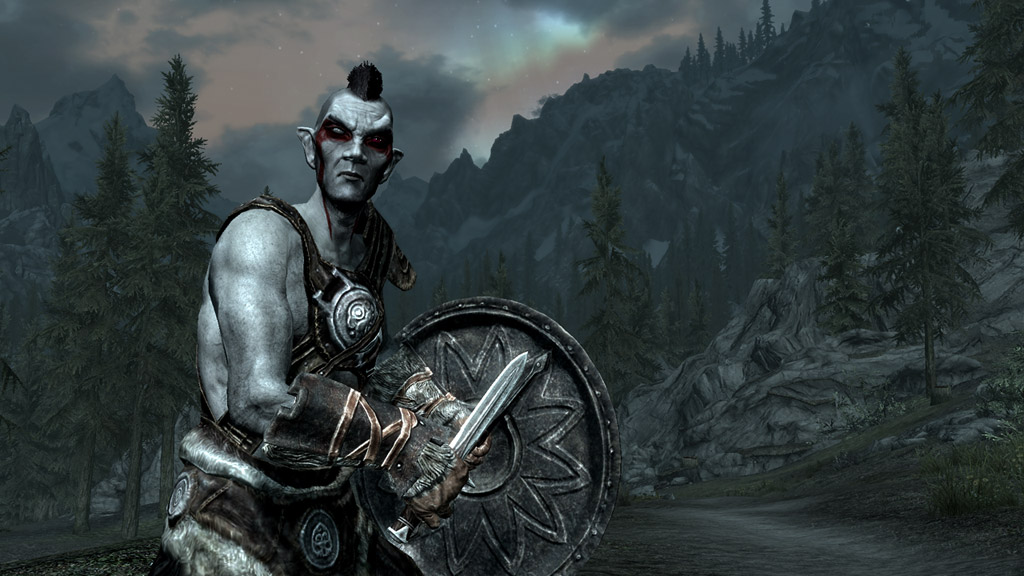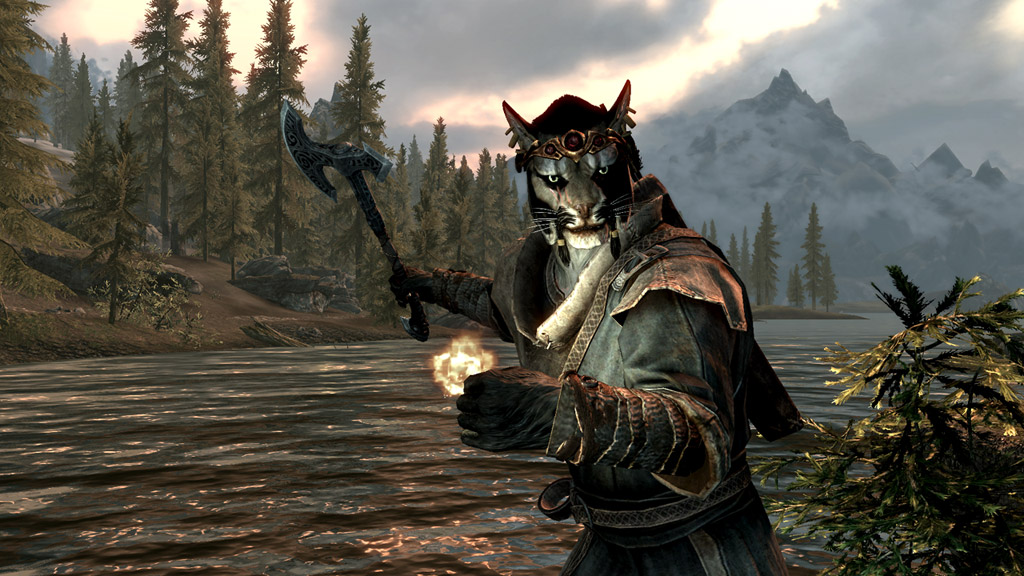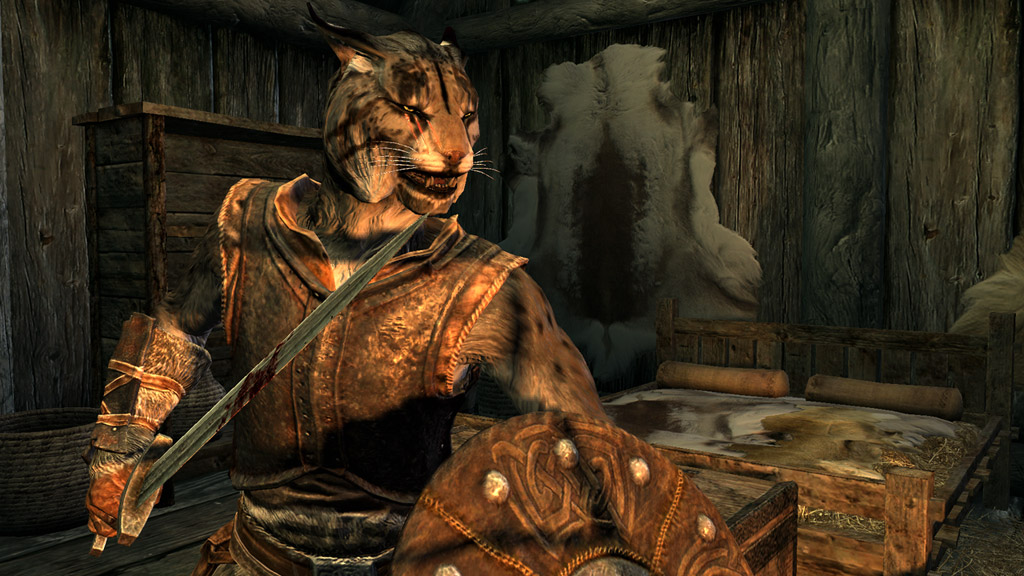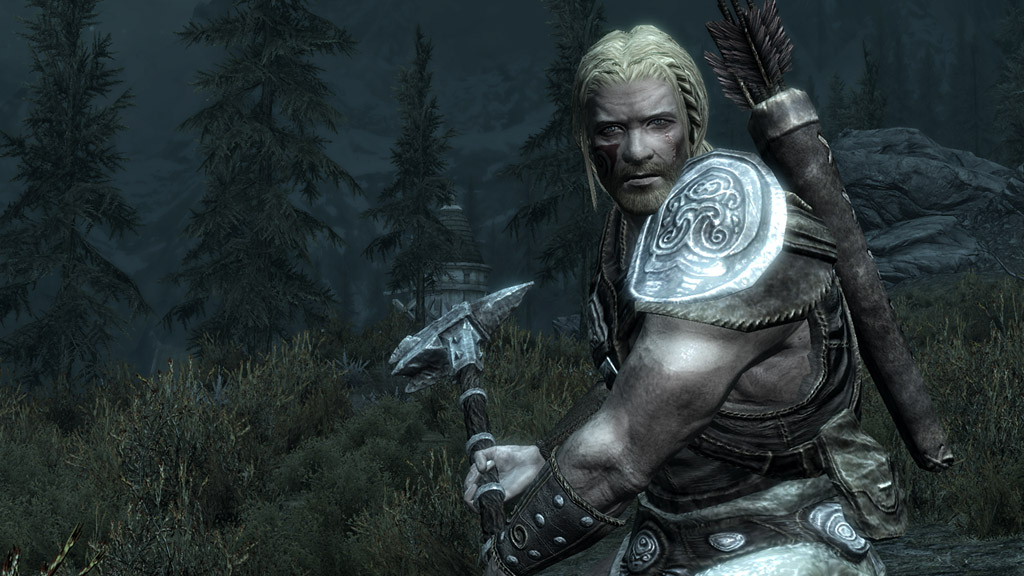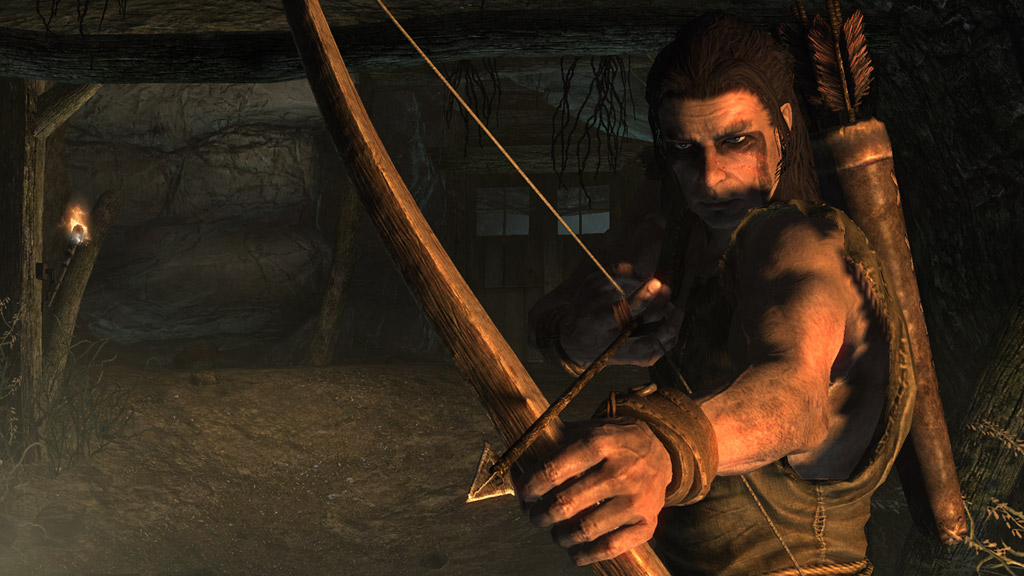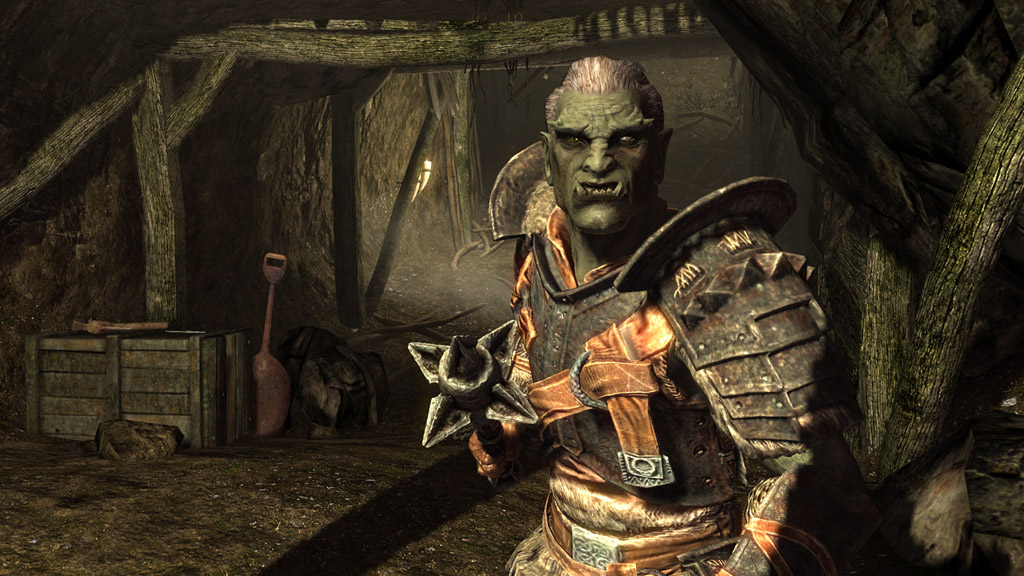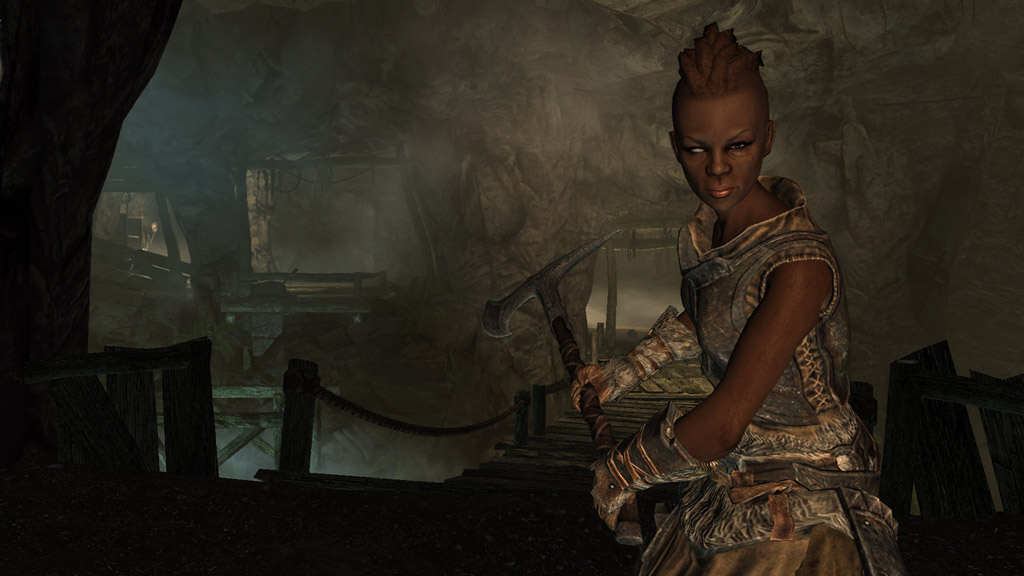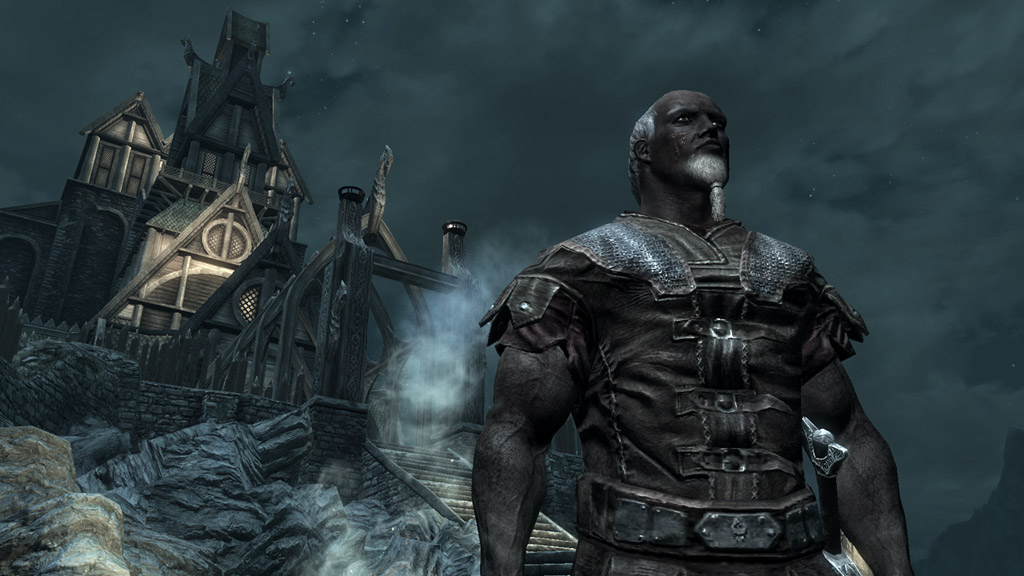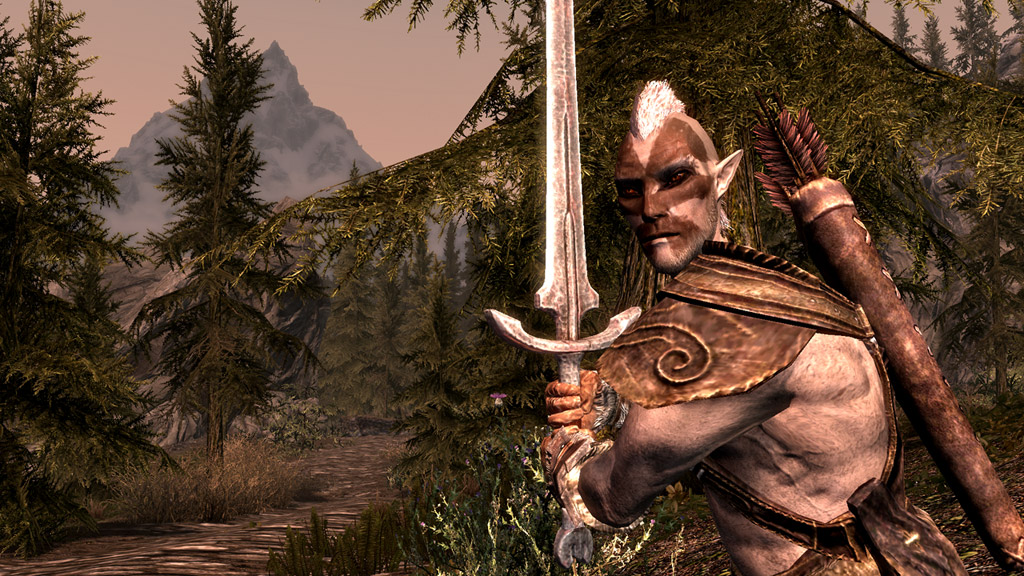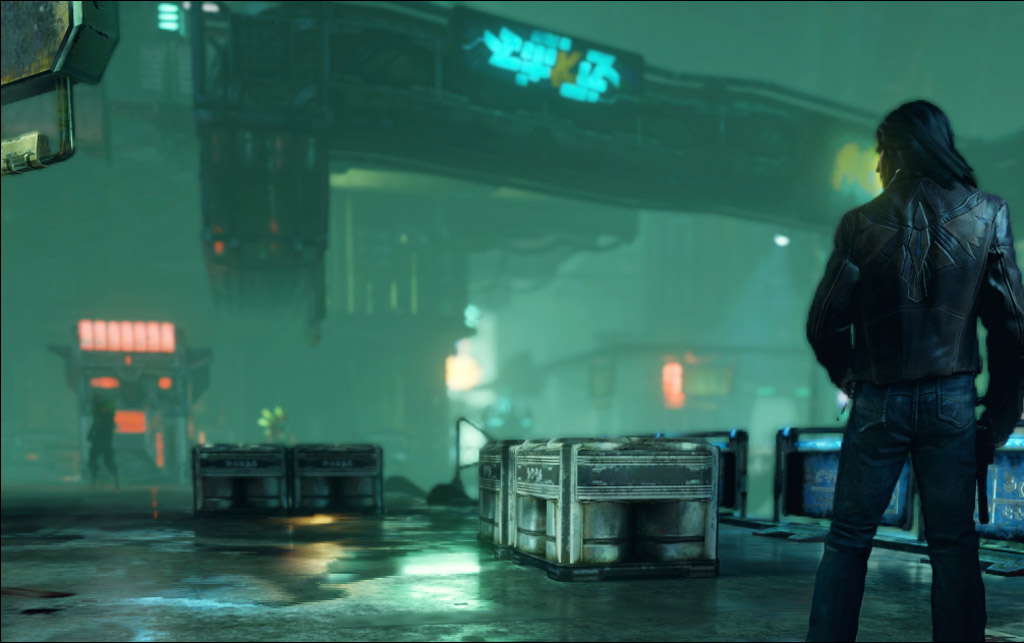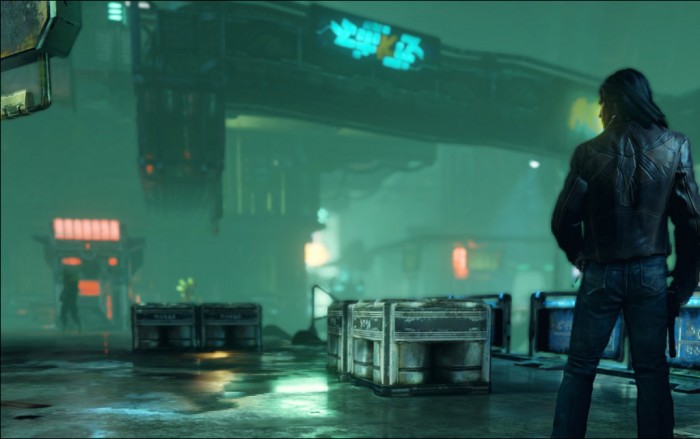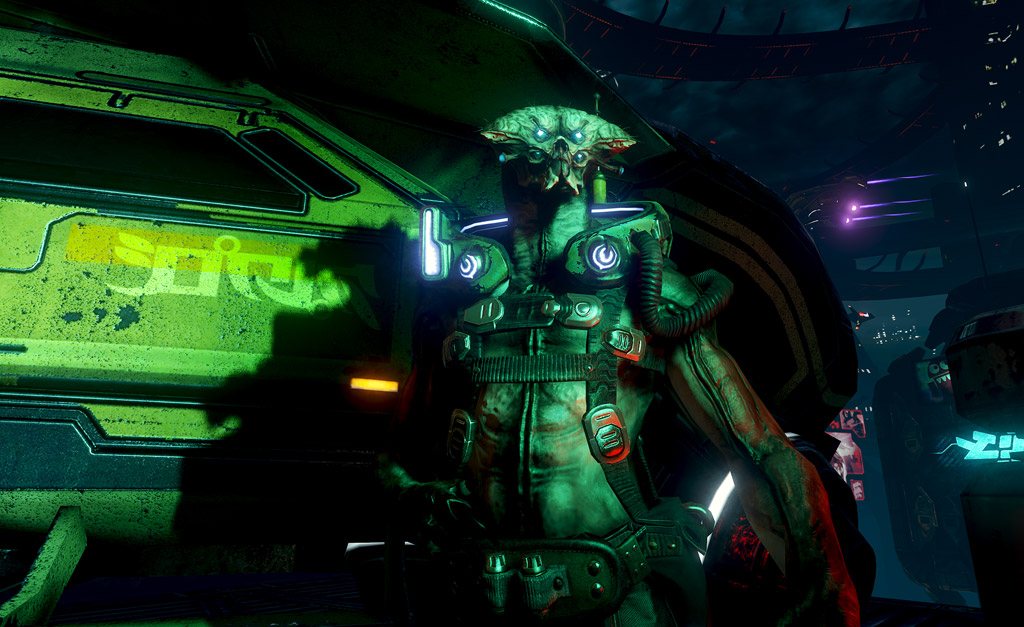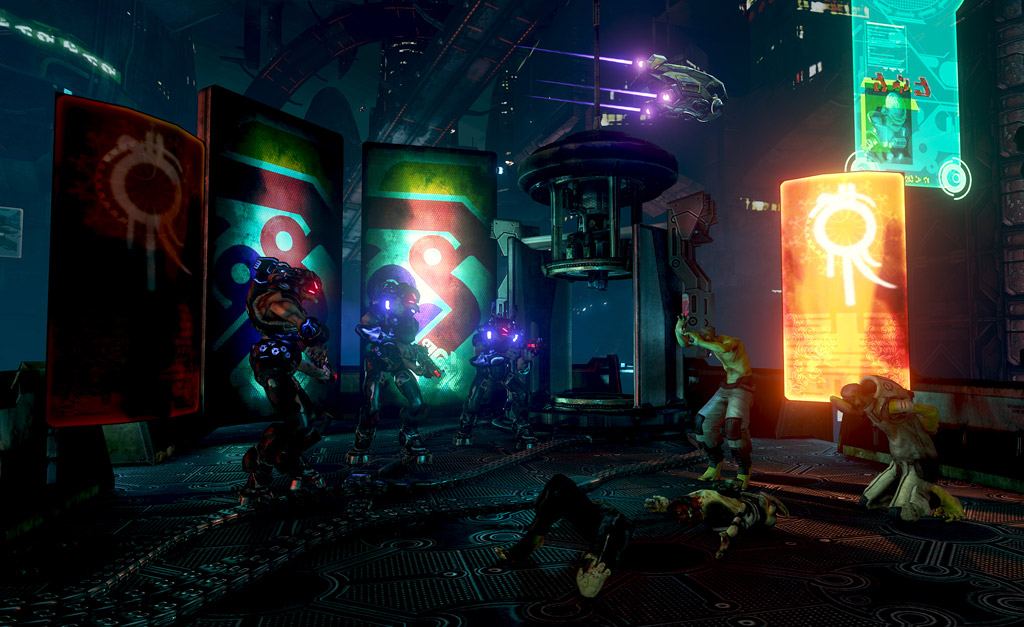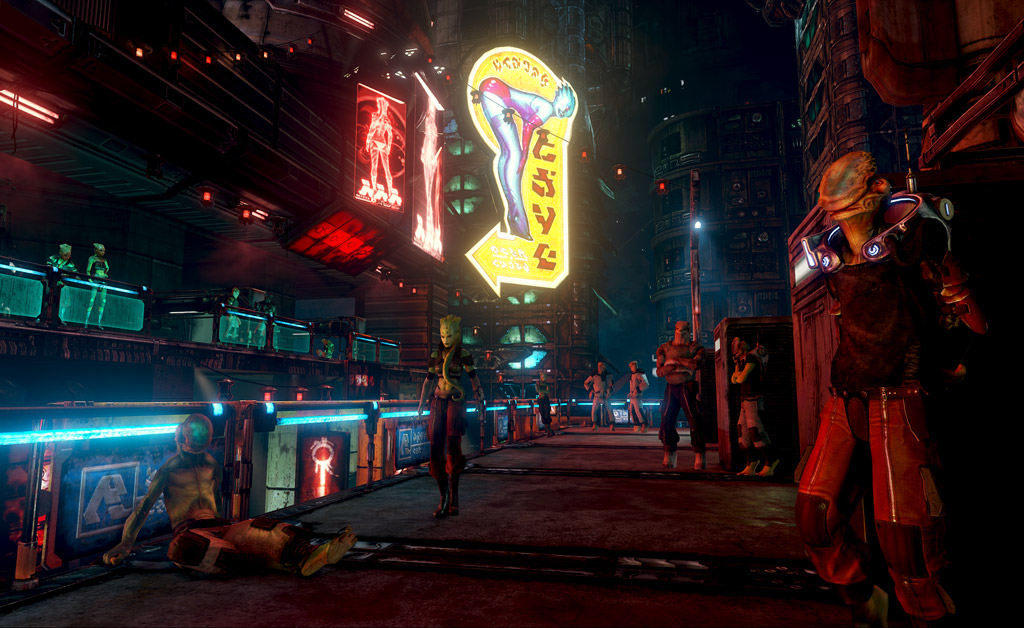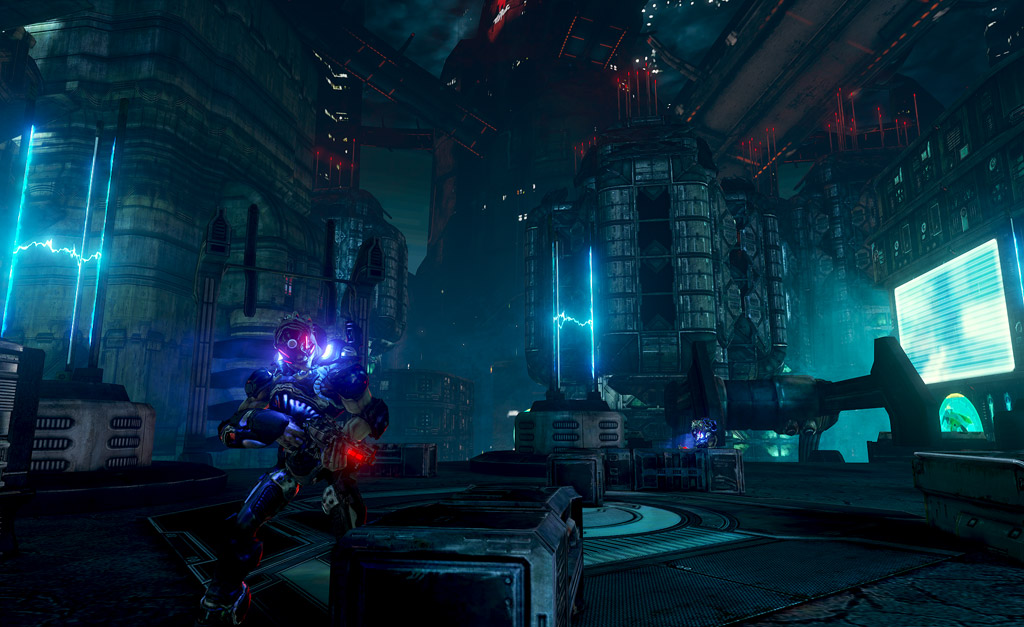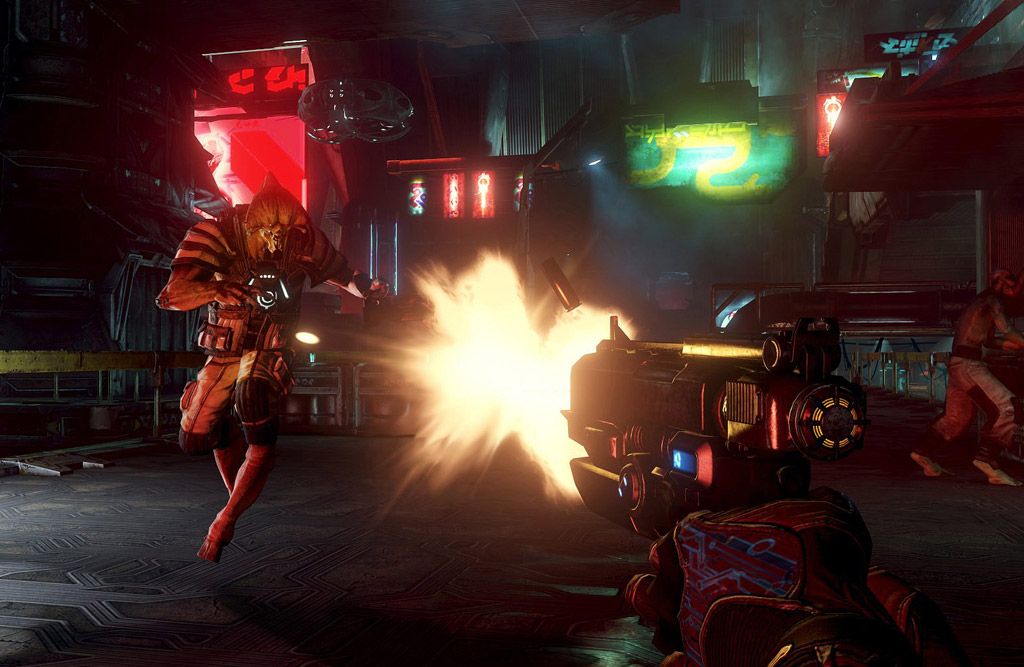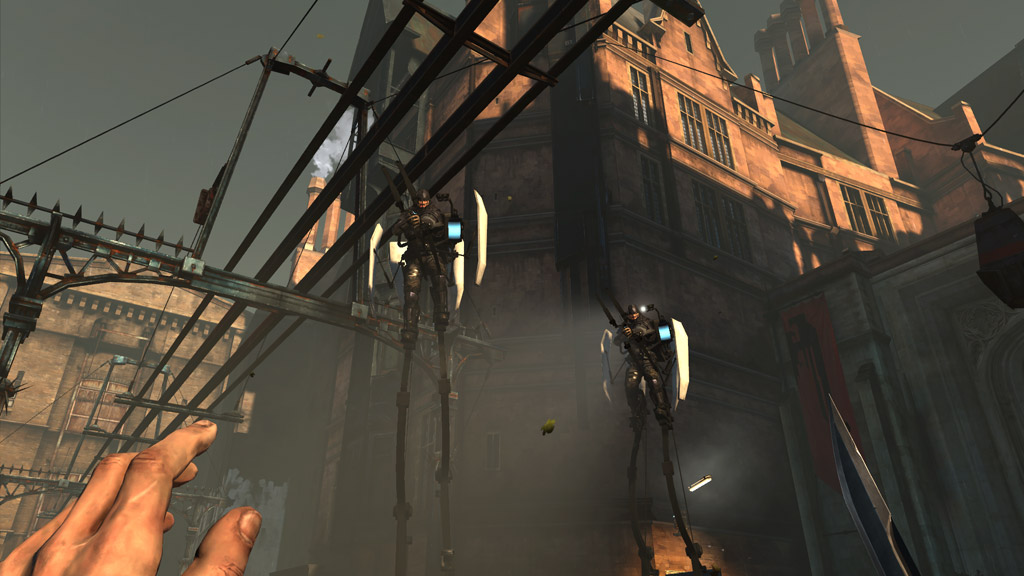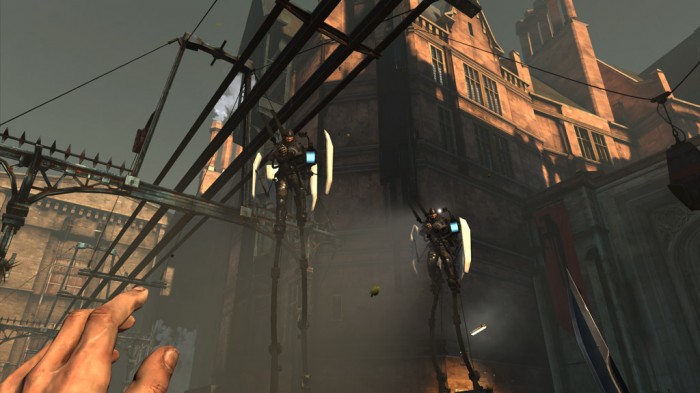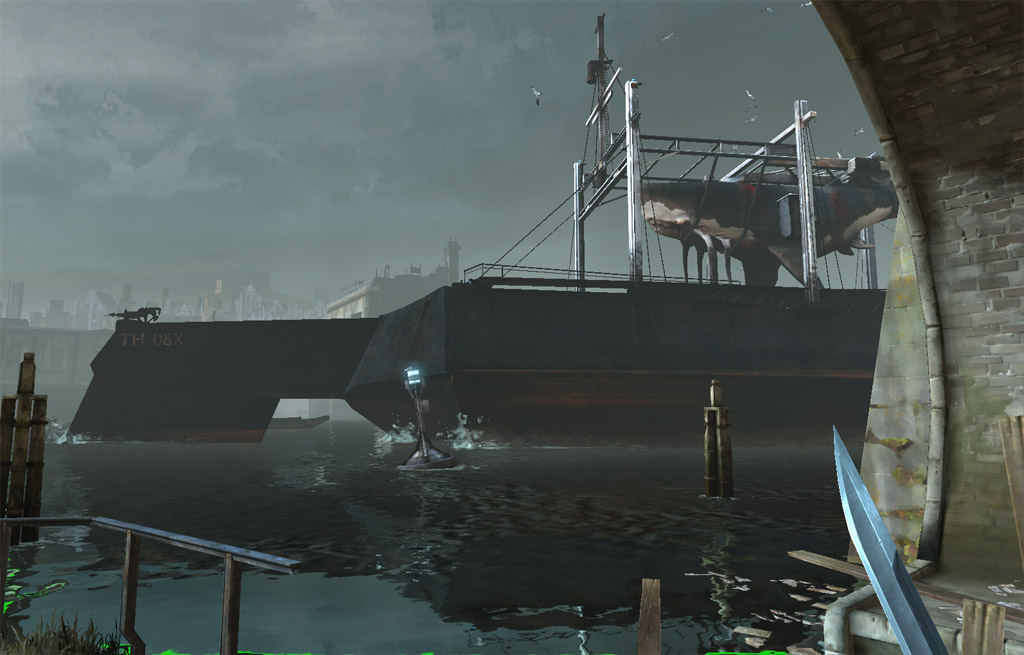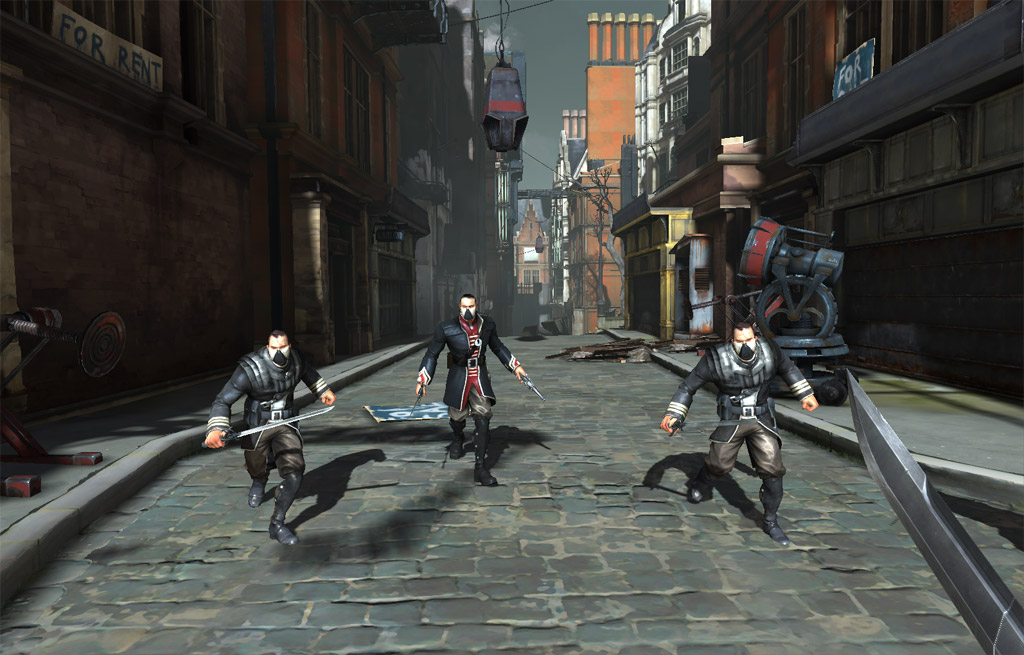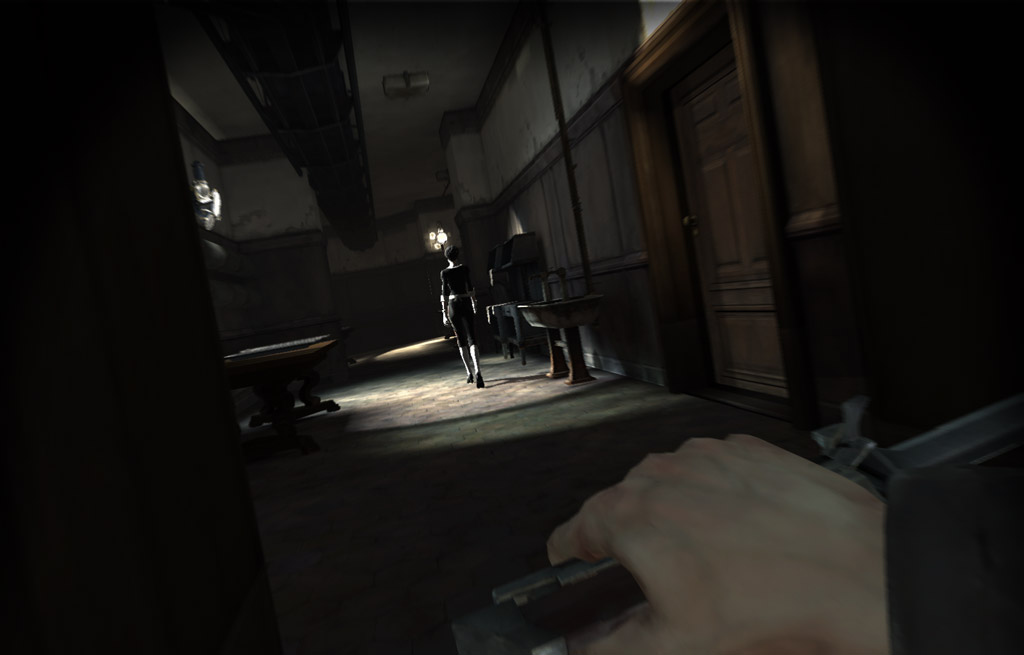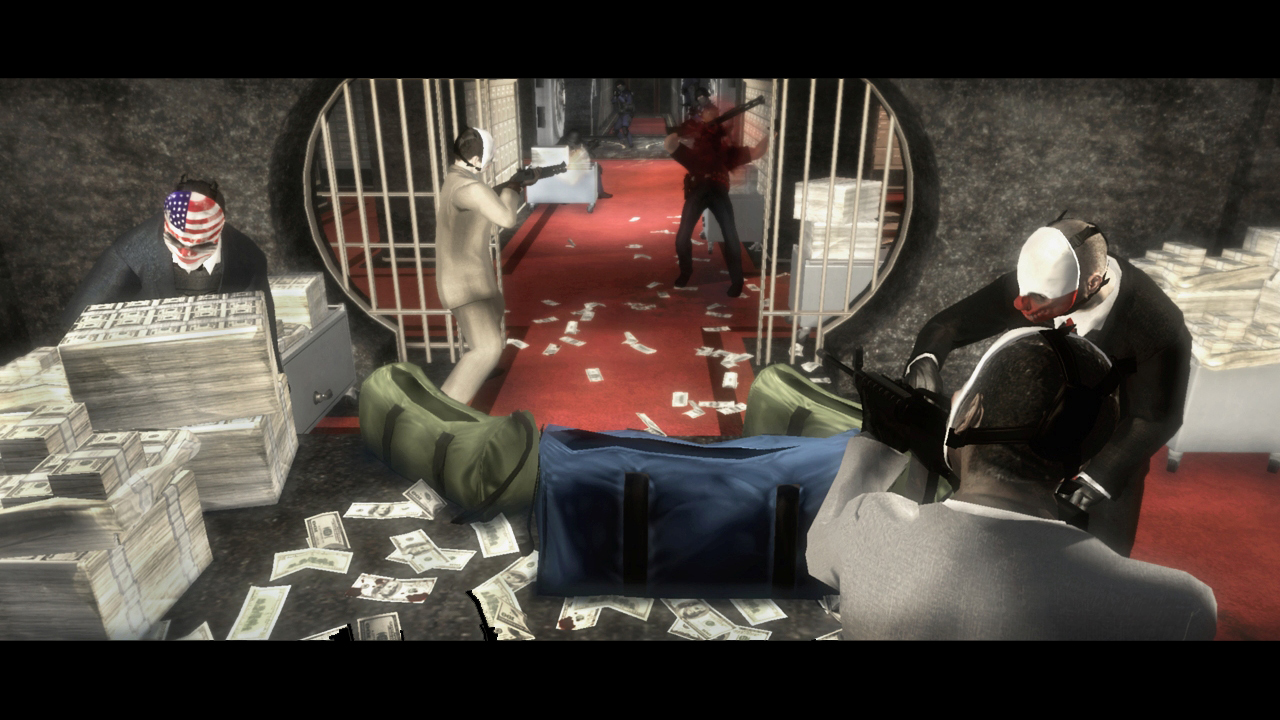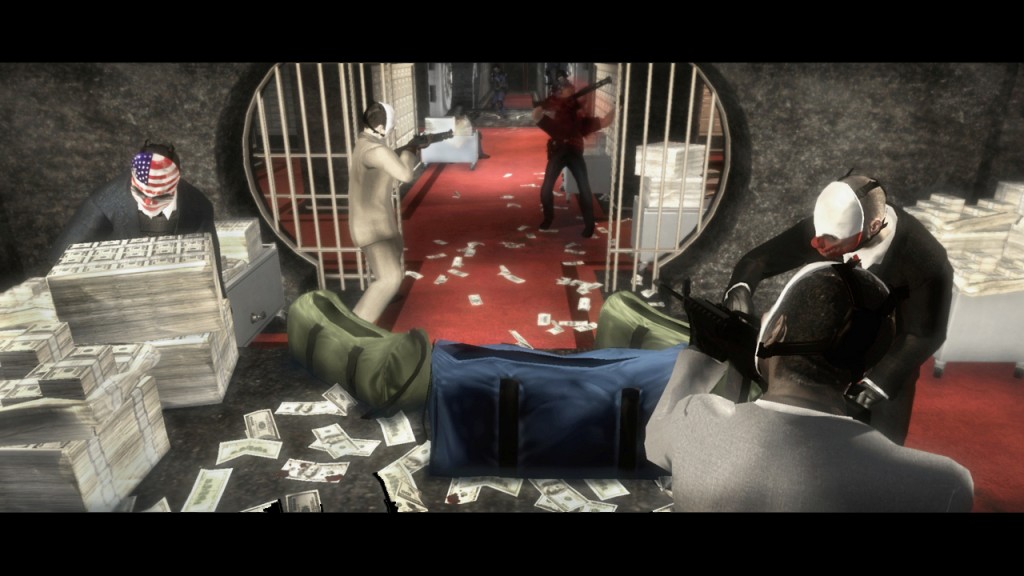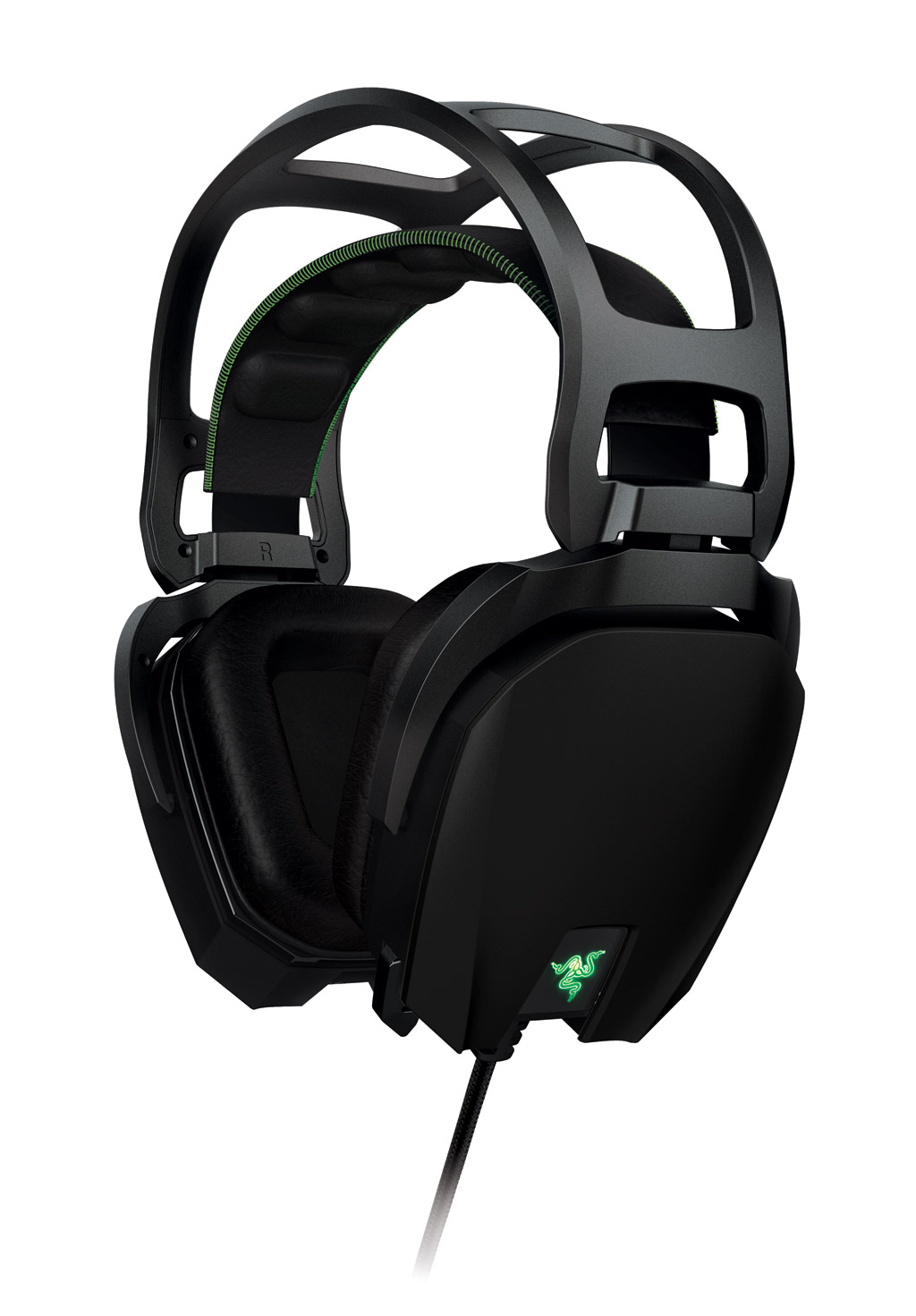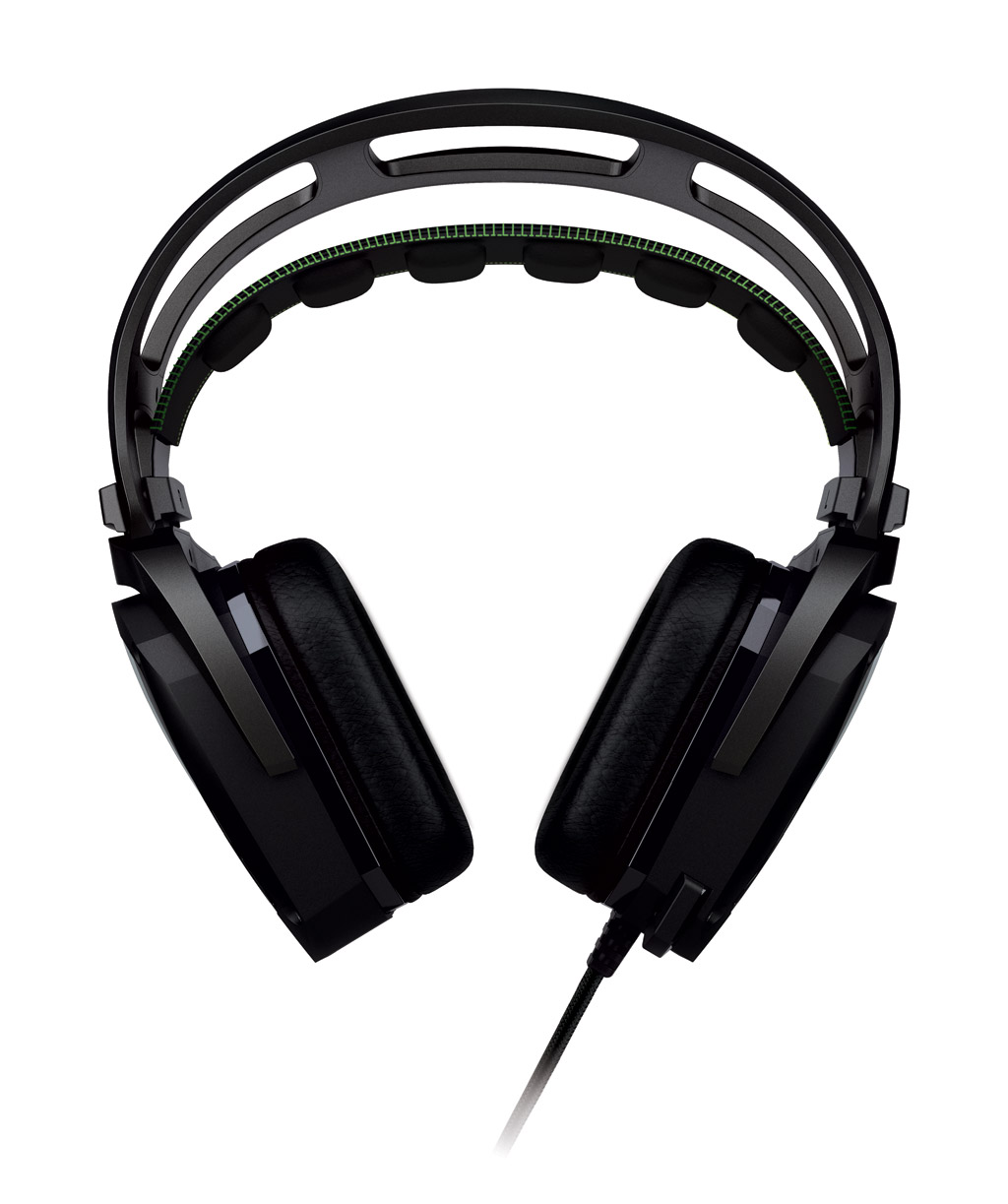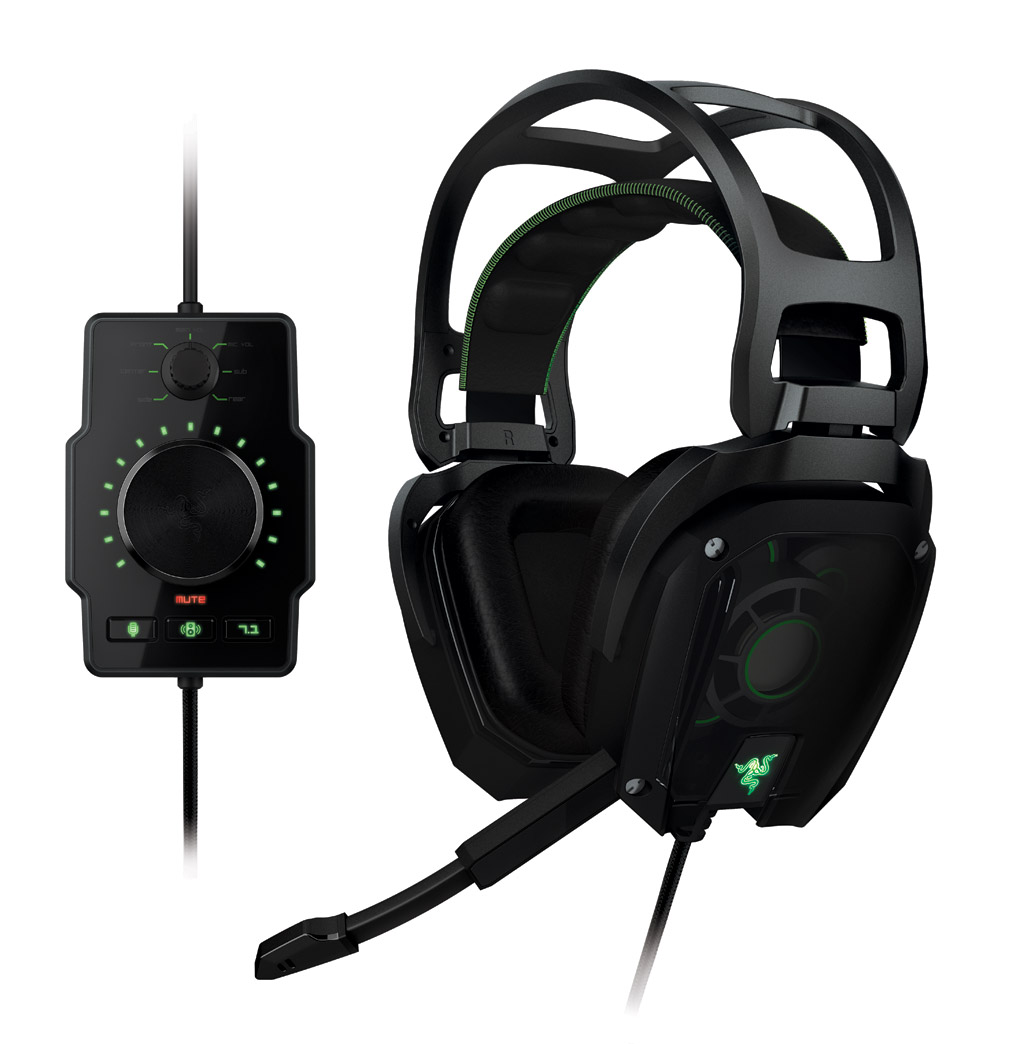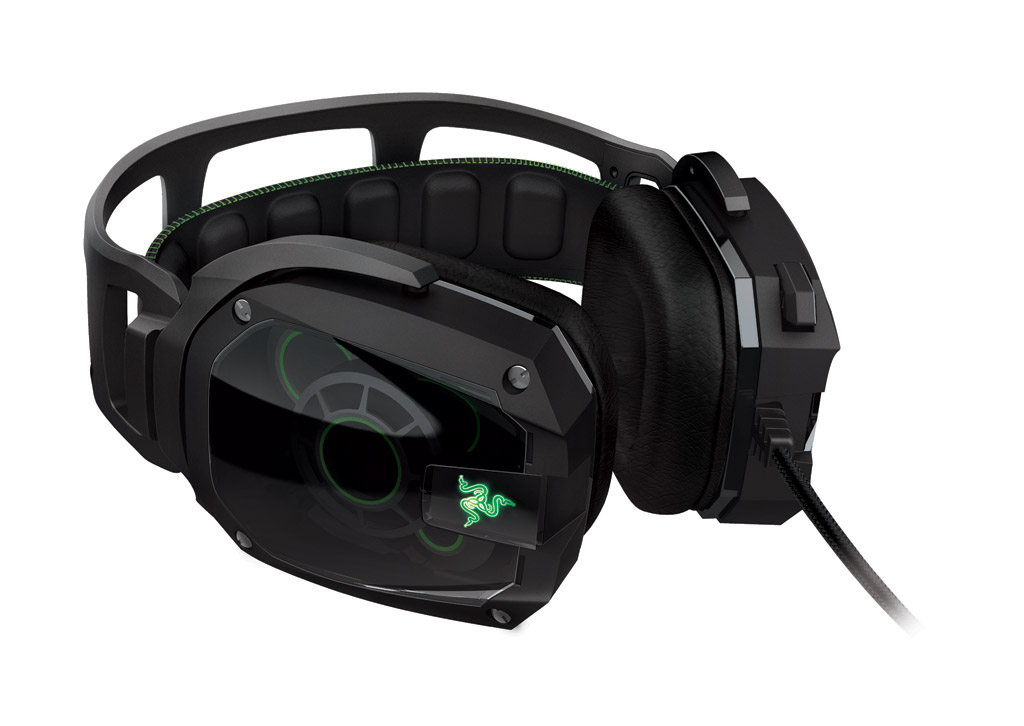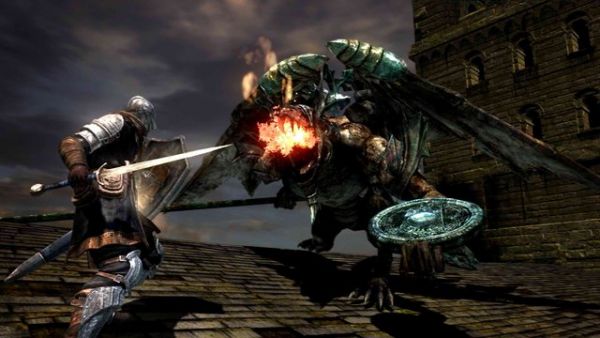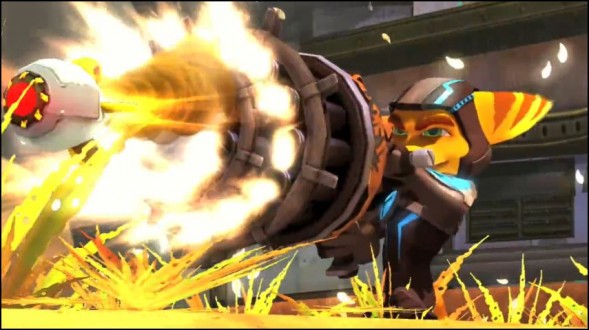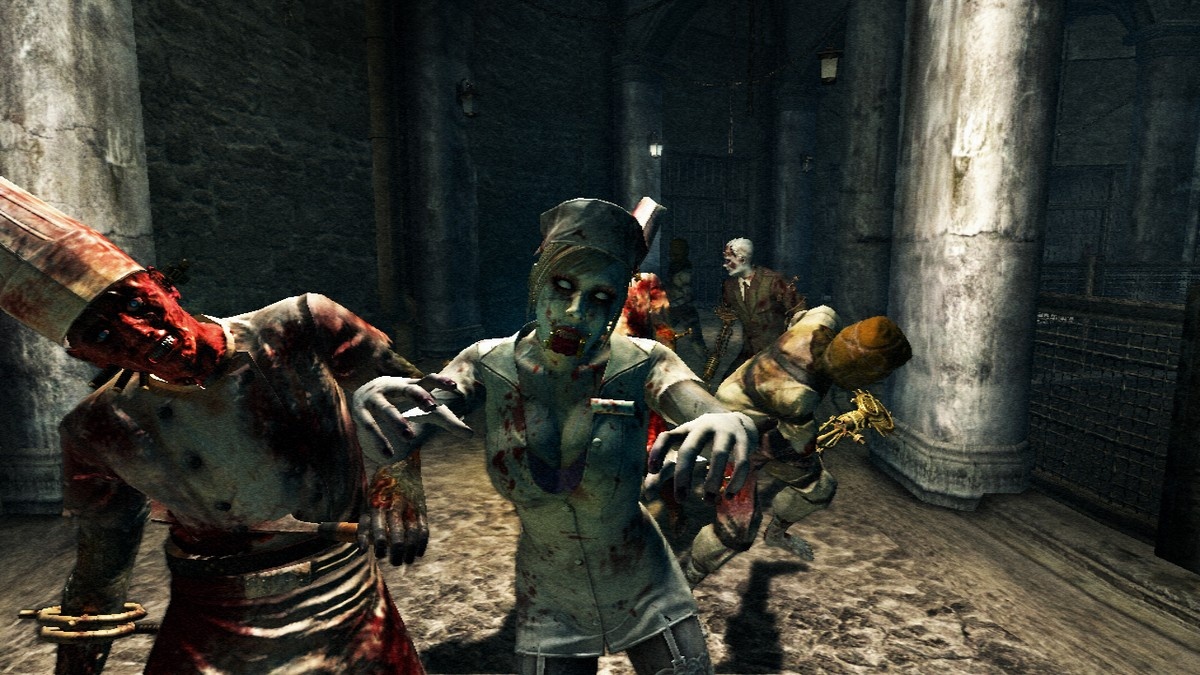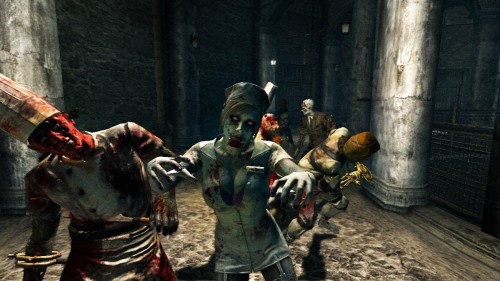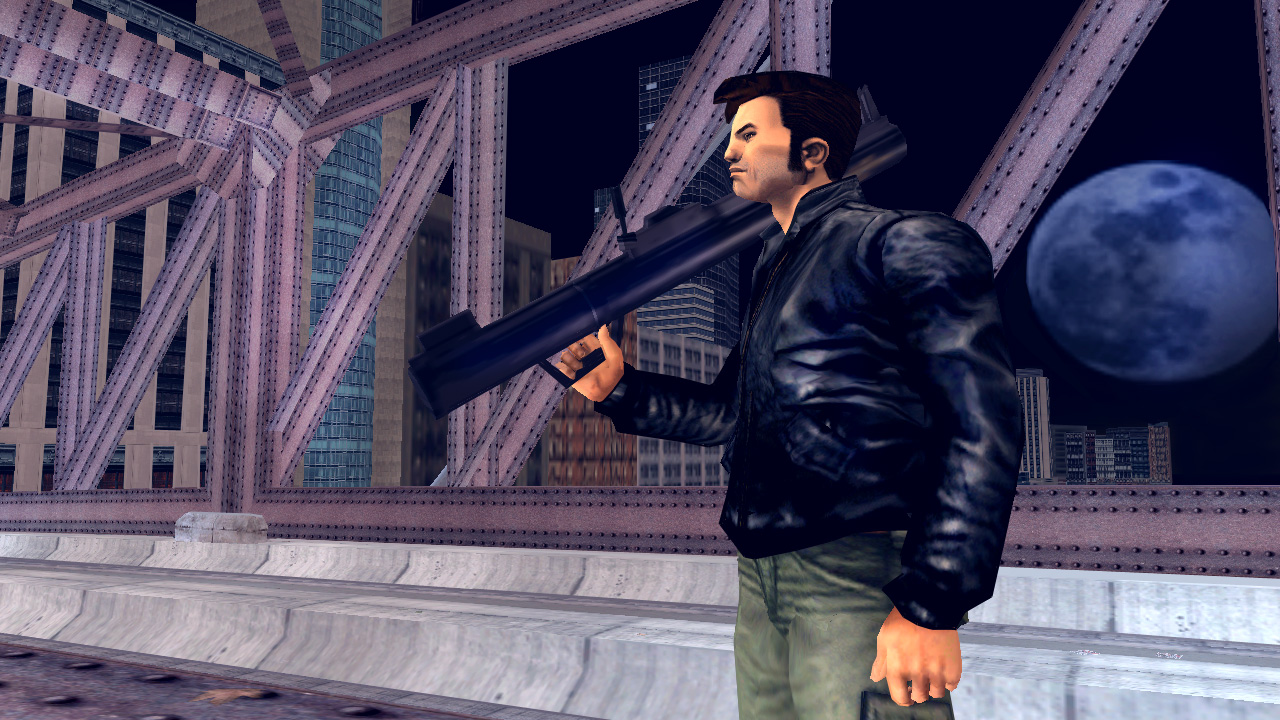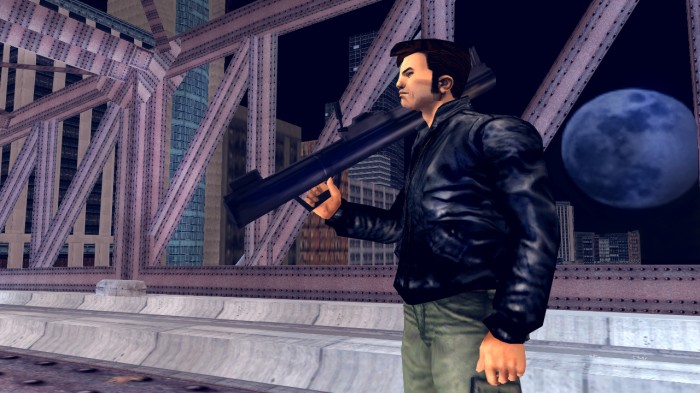Electronic Arts and Funcom have released some new screenshots of their upcoming Lovecraftian MMO, The Secret World, from the Gamescom gaming expo in Germany.
Author - Jerry Paxton
Sony Online Entertainment has revealed the release dates for three of their upcoming games: Payday, Rochard, and Sideway: New York. Check their official release below for more information!
“We are seeing increased growth and popularity in the digital distribution of premium console games and therefore are delivering new AAA-quality titles like Rochard, PAYDAY: The Heist and Sideway: New York that address this trend head on,” said Chris Sturr, executive director of business development and corporate strategy at Sony Online Entertainment. “As one of the largest third-party publishers on PlayStation®Network with 9.7 million downloads to date, we continue to raise the bar for players with the introduction of three new original games that further complement our existing portfolio including Plants vs. Zombies™, DC Universe™ Online, Slam Bolt Scrappers, Free Realms®, Akimi Village and Acceleration of Suguri X Edition.”
SOE’s upcoming line-up of digital distribution titles includes:
- Rochard – An action-adventure, side-scrolling puzzle platformer, Rochard follows the story of the astro-miner John Rochard as he uses his wits and everyday mining tools to fend off space pirates, save his team of missing miners and solve the mystery behind the discovery of an ancient alien artifact. Rochard tests players’ coordination as they manipulate gravity to their advantage, changing it at will to solve environmental puzzles and advance through each level. Rochard will be available for download from the PlayStation®Network on September 27 for $9.99 USD.
- PAYDAY: The Heist – In this action-packed, squad-based first person shooter, players will join a four-person crew of hardened career criminals to execute six high-stakes heists, including bank robberies, prisoner extractions and armored car hijackings. PAYDAY: The Heist will be available for download on the PC and PlayStation®Network on October 4 for $19.99 USD. The game can also be pre-ordered from September 20 until September 28 on the PlayStation®Network. Additionally, DLC expansions will be released later this year.
- Sideway: New York – As Nox, a graffiti artist sucked into a twisted graffiti world, players navigate through a 2D adventure platformer set in a 3D world. Using window ledges, drain pipes and graffiti tags, players will guide Nox around corners and onto roofs through the gritty streets and diverse neighborhoods of New York City on Nox’s quest to defeat his nemesis Spray, rescue his friends and ultimately escape back to the real world. Sideway: New York will launch on the PlayStation®Network October 11 for $9.99 USD.
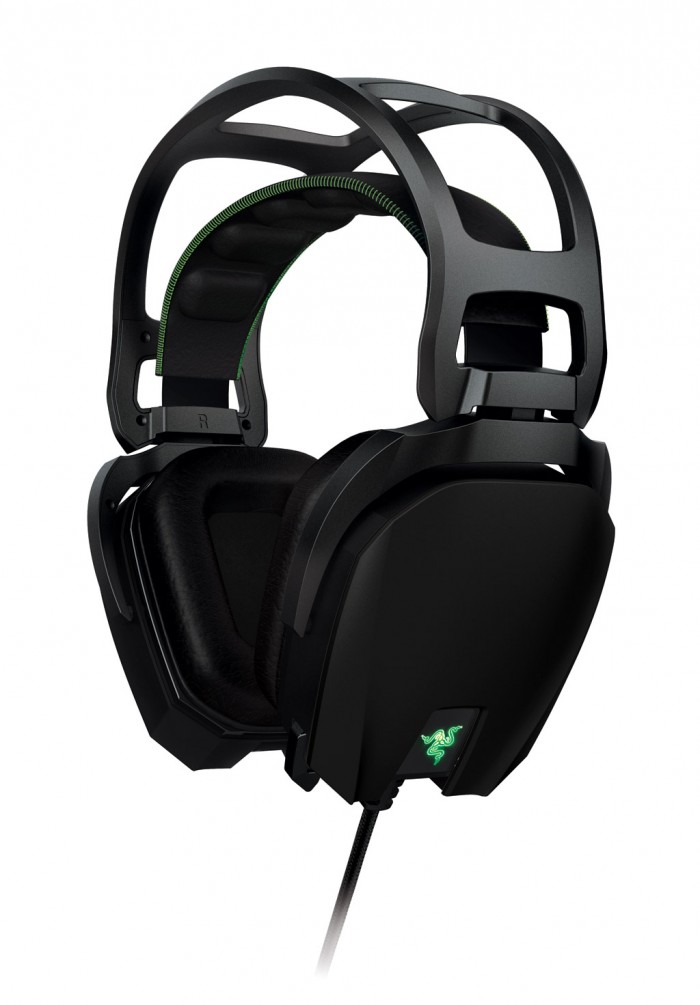 Razer has unveiled their first true 7.1 channel gaming headset – the Tiamat. Retailing for $179.99 and due out this fall, the headset promises interchangeable earcups, braided cables, and more. There will also be a less-expansive version called the Tiamat 2.2, which will feature two bass drivers in addition to two tweeter units for enhanced sound and will retail for $99.99.
Razer has unveiled their first true 7.1 channel gaming headset – the Tiamat. Retailing for $179.99 and due out this fall, the headset promises interchangeable earcups, braided cables, and more. There will also be a less-expansive version called the Tiamat 2.2, which will feature two bass drivers in addition to two tweeter units for enhanced sound and will retail for $99.99.
Product Features:
- True-to-life pinpoint positional 7.1 surround sound from 10 discrete drivers
- All-in-one volume control unit for multi-channel adjustment, personalization and toggling between headset and speakers
- Comfortable, snug fit for extended play
- Retractable, noise-filtering unidirectional mic
- Interchangeable ear cup covers
- Replaceable soft-touch leatherette ear cushions
- Braided fibre cable
Images
Namco Bandai games has released the official Gamescom trailer for their upcoming RPG, Dark Souls, which is due out on October 4th here in North America.
SCEA has released the official Gamescom trailer for the upcoming Ratchet & Clank: All 4 One – enjoy!
Launching exclusively for the PlayStation®3 system and rated E 10+, Ratchet & Clank: All 4 One delivers an explosive new adventure infused with the series’ signature humor and cinematic style, while being brought to life with vibrant cinematic visuals, including support for stereoscopic 3D. Helping our unlikely band of heroes take on their biggest challenge yet, players will be immersed in a mysterious world with an arsenal of over-the-top weapons at their disposal.
Rockstar Games has announced that GTAIII, GTA:VC, and GTA:SA will be hitting the Mac App Store beginning today with the release of Grand Theft Auto III. Checkout the official statement below for more information!
Official Statement
Today we are happy to announce Grand Theft Auto III, Grand Theft Auto: Vice City, and Grand Theft Auto: San Andreas are coming to the Mac App Store, each individually priced for $14.99. The titles will be made available for download throughout the month beginning tomorrow, August 18th with Grand Theft Auto III. Vice City and San Andreas will be made available on August 25th and September 1st, respectively. No better time than the dog days of summer to revisit the franchise that started an open-world revolution.
Links to iTunes purchase page:
http://itunes.apple.com/us/
http://itunes.apple.com/us/
http://itunes.apple.com/us/

